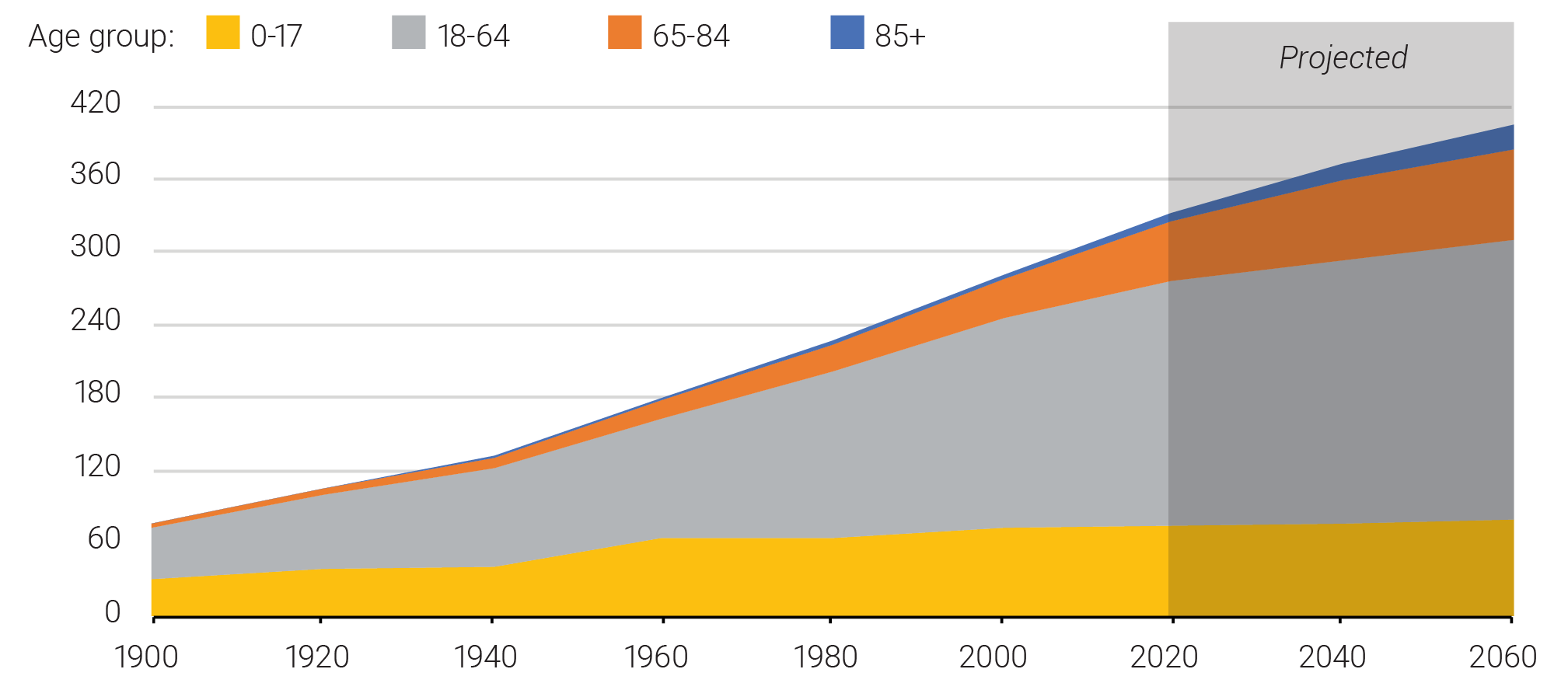The U.S. Population Is Growing at the Slowest Rate Since the 1930s
The pace of U.S. population growth is slowing, according to the Census Bureau’s 2018 estimates and 2020 projections, which provide a preview of 2020 Census results.

The pace of U.S. population growth is slowing, according to the Census Bureau’s 2018 estimates and 2020 projections, which provide a preview of 2020 Census results.
(2006)In June, the body of Philip Merrill, a Maryland-based publisher and philanthropist who had donated tens of millions of dollars to his favorite causes and served on many high-profile diplomatic and intelligence assignments, was found in the Chesapeake Bay. An autopsy confirmed that Merrill, age 72, died of a self-inflicted gunshot wound.

The current growth of the population ages 65 and older is unprecedented in U.S. history and has important implications for policymakers.
(2008) Encouraging progress against malaria was made in the Americas and some parts of Asia in the last century, but the first global campaign to stop malaria didn't succeed.
(2006) With a population growth rate of nearly 1 percent a year, the United States is the fastest growing developed country in the world. While many European countries are facing population decline, the U.S. population is growing as fast as or faster than many developing countries. And the total population of the United States (currently at 296 million) is expected to reach 300 million some time this summer—and about 450 million by the year 2050.

Policy changes could reduce the disproportionate burden of care work on American women, researchers said.
(2007) In the South, Texas, Florida, and Georgia are poised to gain seats in the U.S. House of Representatives after the 2010 Census.

Project: American Community Survey and Decennial Census Support Services
(2020) Children under the age of 5 face the highest risk of being undercounted in the U.S. decennial census. In the 2010 Census, there was a net undercount of almost 1 million young children.